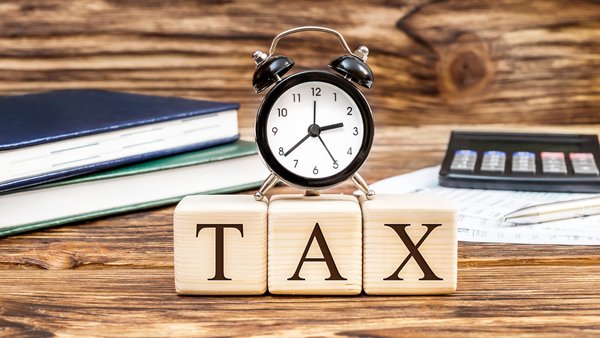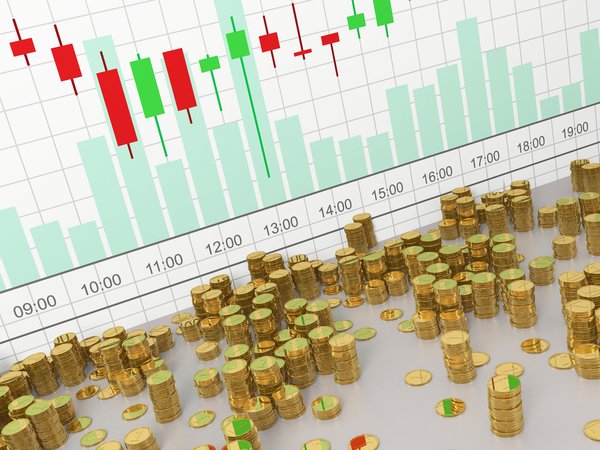Every investor wants to find a company that's a bargain, but sometimes, those awesome bargains aren't what they seem. These companies are known as value traps. A value trap can cost you a lot, but there are ways to avoid them if you're careful.

What is a value trap?
What is a value trap?
A value trap is a stock that looks like a great deal but really isn't. The stock may look like a bargain because the company is trading at low multiples in metrics like the price-to-earnings (P/E), price-to-cash-flow (P/CF), or price-to-book-value (P/B) ratios. And these are certainly things you should look for in a value stock, but they aren't the only things you should pay attention to. That's where the trap comes in.
With a value trap, these low multiples are often taken at face value without enough long-term or universal context to realize that you're falling into a trap. In some cases, due to careful bookkeeping or outside influences you can't predict, there are zero signs that a formerly solid company is becoming a value trap.
Signs
Signs of a value trap
Knowing what to watch for can help you avoid value traps, although there is no 100% foolproof way to avoid them if you're a value investor. You will almost certainly hit a few totally unpredictable value traps, but you can lower your risk by watching for subtle signs in the management and reporting of your potential value investment, including:
Profit inconsistencies. Inconsistent profits over multiple years are not a great sign. It signals that the company is struggling to maintain profitability and may be haphazardly trying different strategies to continue holding on.
Cost management struggles. Along with profit inconsistencies, a repeated lack of control over cost management should be a terrifying sign for investors. As a company grows, it should become more profitable. However, if costs are out of control or extremely inconsistent, there's no way for anyone, not even the company's accounting department, to really know where the company is headed.
Gross Profit
Bad management and poor planning. These two things often go hand in hand. Bad management is a great way to destroy an otherwise awesome company, often due to poor longer-term planning. Companies that aren't thinking about product innovation and business tactics five, 10, or 20 years into the future aren't worth investing in at any price.
Avoiding value traps
Avoiding value traps
There's no way to guarantee you'll never hit a value trap and get stuck in it. That's why we advocate for diversification, but you can avoid most value traps by taking some precautions, such as:
Comparing the company to the sector. Your potential value trap should be considered in the context of its competition. If the competition is outpacing the stock you're considering by a great deal, you already know why that stock is cheap.
Examining the company's history. Knowing how to read a financial statement is vital to understanding stocks well enough to avoid most value traps. Again, a company that has inconsistent returns, isn't doing great at keeping overhead costs low, has a lot of management turnover, or has a history of poor management is one to avoid.
Understanding who holds the stock. Many different types of investors can hold stock. Retail investors certainly play a role, but institutional investors can really help move a stock price faster than any group of small-scale investors. Those mutual funds in everyone's 401(k)s help keep a stock alive. When a price drops so low that institutional investors are no longer buying, it gets a lot harder to see dramatic price recoveries.
Risks and advantages
Risks and advantages to value investing
Value traps are problems for value investors, but value investing can be a great way to set yourself up for a solid financial future. Even so, it's not a perfect strategy and has both strong advantages and distinct disadvantages.
The advantages are fairly obvious: You get a lot of good stocks at a discount, plus all the research you're doing will set you up for seeing other great values faster. The main disadvantage, however, can be a powerful deterrent to this kind of investing strategy. Value stocks that turn into value traps can become completely worthless if a company fails, leaving you with nothing to show for your bargain shopping.
Example
An example of a value trap
Here's an example of how a value trap works. Let's say you're perusing some stocks and come across a real estate investment trust (REIT) that seems almost too good to be true. It's been trading at just 9 times one of its most important metrics – funds from operations per share. Anything under 20 is generally considered a decent deal.
What you don't know, though, is that Real Estate REIT, Inc. has been experiencing a lot of internal strife among its leadership team, and its tenants aren't renewing their leases, so its earnings forecast is looking dimmer all the time. In six months, Real Estate REIT, Inc. shareholders will be jumping ship to salvage whatever cash they can, leaving you holding the bag.
Maybe Real Estate REIT, Inc. can pull out of its tailspin, but the far more likely scenario is that it won't, which is why it was already trading at such a low multiple, to begin with. The financial statements were already looking shakey enough for traders to start divesting before you ever got there.
That's a value trap in action. It's like movie quicksand, but instead of being pulled down whole, it simply sucks the contents of your portfolio down into a hole from which there is no escape.



















